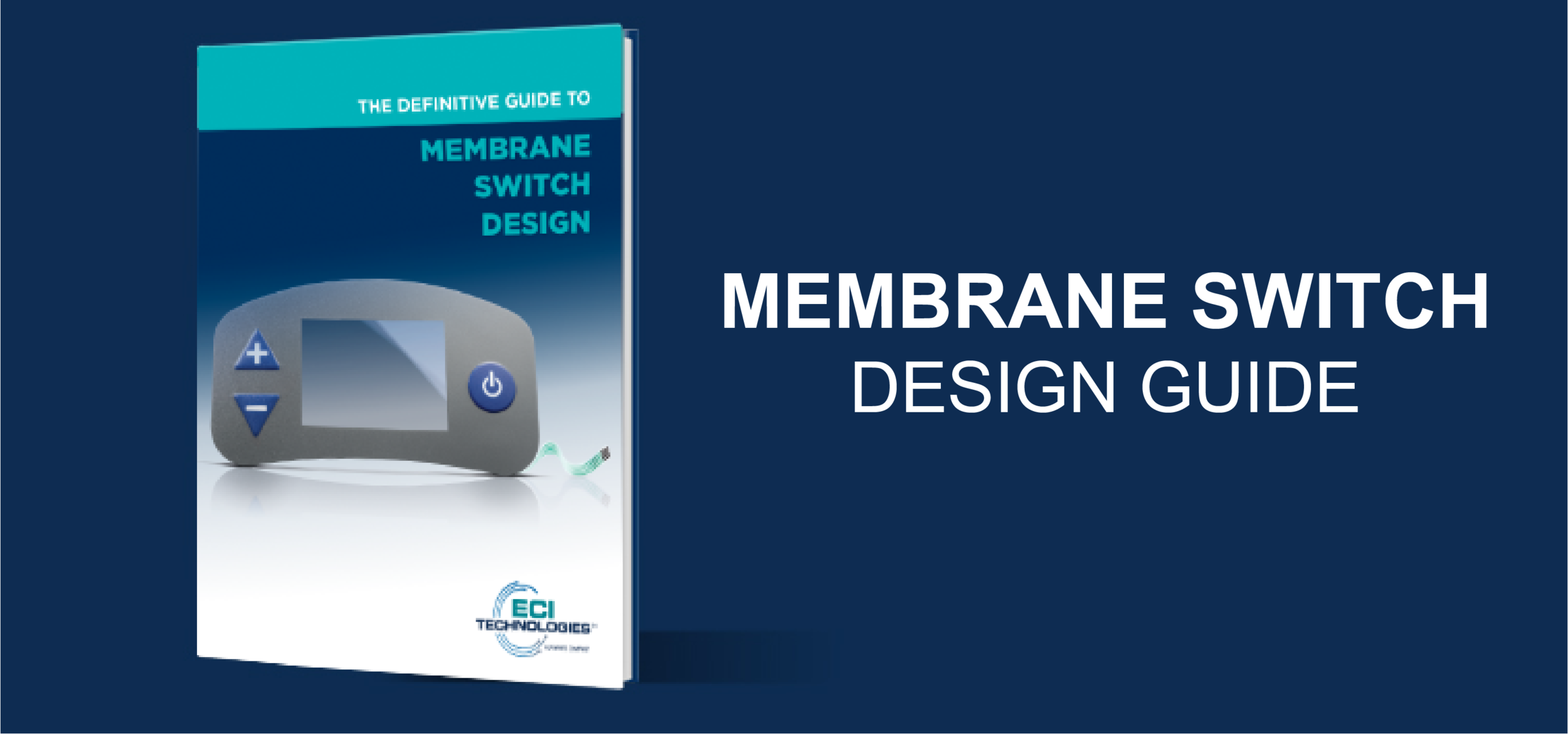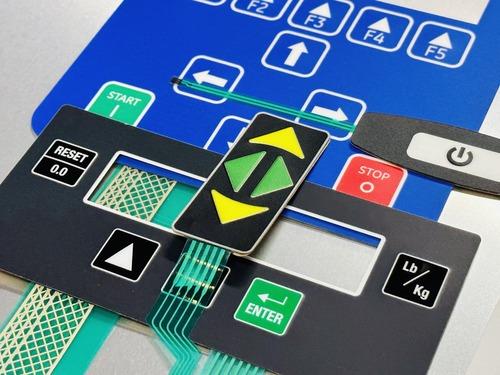Custom Membrane Switches for Specialized Applications: A Deep Dive
Custom Membrane Switches for Specialized Applications: A Deep Dive
Blog Article
Recognizing the Value of Membrane Switches in User User Interfaces
Membrane buttons are integral elements in the style of reliable customer interfaces, facilitating not only performance yet additionally enhancing aesthetic appeal and individual communication. As we discover the future trends and various advantages connected with Membrane technology, it ends up being clear that these buttons are more than just parts; they stand for a merging of innovation and practicality.
What Are Membrane Switches?

The spacer layer, which contains sticky buildings, enables the separation of the circuit layer from the overlay, making sure that the button continues to be in a non-activated state until pushed. When pressure is put on the overlay, it compresses the spacer layer, linking the void and finishing the circuit in the underlying layer. This design not only reduces the physical space needed for standard mechanical switches but additionally boosts the resilience of the device, as Membrane switches are typically immune to dust, moisture, and various other environmental factors.
Generally discovered in applications varying from consumer electronics to clinical tools, Membrane switches are important to contemporary innovation, offering a reliable and straightforward user interface that straightens with modern style requirements.
Benefits of Membrane Switches
While many switch technologies exist, Membrane Switches offer distinct benefits that make them especially desirable in different applications. One of the key advantages of Membrane buttons is their compact layout, which allows for space-saving implementations in devices where property is limited. Their slim account not only enhances visual appeal however also assists in lightweight building and construction.
One more significant advantage is their resistance to ecological factors. Membrane switches are generally secured versus moisture, dirt, and pollutants, making them ideal for usage sought after atmospheres, such as clinical gadgets and commercial tools. This sturdiness extends the life-span of the switch, lowering upkeep prices and enhancing dependability.
Additionally, Membrane switches can be personalized to fulfill certain design demands, incorporating special graphics and shades that boost user interaction. Their tactile feedback options can also be tailored to offer a rewarding individual experience. Furthermore, Membrane switches are cost-effective, particularly in high-volume applications, as they can be produced efficiently.
Applications in Numerous Industries

In the consumer electronic devices market, Membrane buttons prevail in devices such as microwaves, cleaning devices, and remotes. Their tactile feedback and visual options boost user experience while giving a smooth, modern appearance. Additionally, auto producers make use of Membrane buttons in dashboard controls and infomercial systems, where space is restricted, and user interaction is crucial.
In addition, the industrial field leverages Membrane buttons in control panels for equipment and devices, permitting for intuitive procedure in often extreme environments. Their resistance to chemicals and wetness makes certain longevity and integrity in these applications. Overall, the versatility of Membrane Switches contributes substantially to their widespread use, making them crucial in various technological domain names.
Layout Factors To Consider for Membrane Buttons

When making Membrane buttons, several essential considerations need to be taken right into account to ensure optimal performance and user experience. First of all, the selection of materials is essential; picking sturdy, high-quality substrates can enhance the switch's longevity and resistance to environmental factors such as moisture and temperature fluctuations.
Secondly, the layout of the visuals overlay need to focus on clearness and ease of use. Symbols and message need to be clear, and the layout should facilitate instinctive communication (membrane switches). Furthermore, tactile responses is crucial; integrating a tactile dome or other devices can improve the user experience by providing physical verification of activation
One more important element is the switch's electrical performance. Designers must make certain that the conductive traces are appropriately designed to decrease resistance and prevent signal interference. This entails evaluating the required actuation pressure and making sure compatibility with the electronic elements they will interface with.

Future Patterns in Membrane Technology
As modern technology remains to development, Membrane switches are positioned to evolve significantly, driven by developments in products and manufacturing methods. One arising important site trend is the consolidation of innovative materials, such as conductive inks and versatile substratums, which boost resilience and minimize blog the total weight of Membrane switches. These products not only improve the responsive reaction yet additionally permit the style of buttons that can hold up against harsher environmental conditions.
Moreover, the assimilation of touch-sensitive technologies is transforming conventional Membrane Switches right into even more interactive individual interfaces. Capacitive touch sensing units installed within Membrane button panels can give a more responsive and user-friendly individual experience, aligning with the expanding demand for streamlined, modern layouts in consumer electronic devices.
Additionally, improvements in printing techniques, such as digital and 3D printing, allow fast prototyping and personalization of Membrane switches. This adaptability allows makers to react faster to market demands and customer choices.
Lastly, sustainability is coming to be a significant focus, with manufacturers discovering eco-friendly products and procedures. As these patterns unfold, the future of Membrane modern technology promises improved capability, aesthetic appeal, and ecological obligation, solidifying their role in advanced interface throughout different industries.
Verdict
In conclusion, Membrane Switches represent a crucial part in the layout of user interfaces, integrating performance with visual adaptability. Their advantages, including toughness and resistance to ecological aspects, make them appropriate for diverse applications throughout various industries. Thoughtful style factors to consider improve user communication and experience. As developments in technology continue, the evolution of Membrane buttons is anticipated to more improve customer interfaces, driving technology and boosting usability in a significantly complex technical landscape.
Membrane buttons are important elements in the design of reliable customer interfaces, helping with not only this hyperlink capability yet also improving visual allure and user interaction.Membrane Switches serve as a vital part in different user interfaces, assisting in a smooth communication in between users and electronic devices.While various button modern technologies exist, Membrane Switches offer distinctive advantages that make them specifically desirable in numerous applications.Furthermore, Membrane switches can be customized to meet particular style demands, integrating special graphics and shades that improve individual communication.In final thought, Membrane Switches represent a crucial component in the style of customer interfaces, incorporating capability with visual versatility.
Report this page